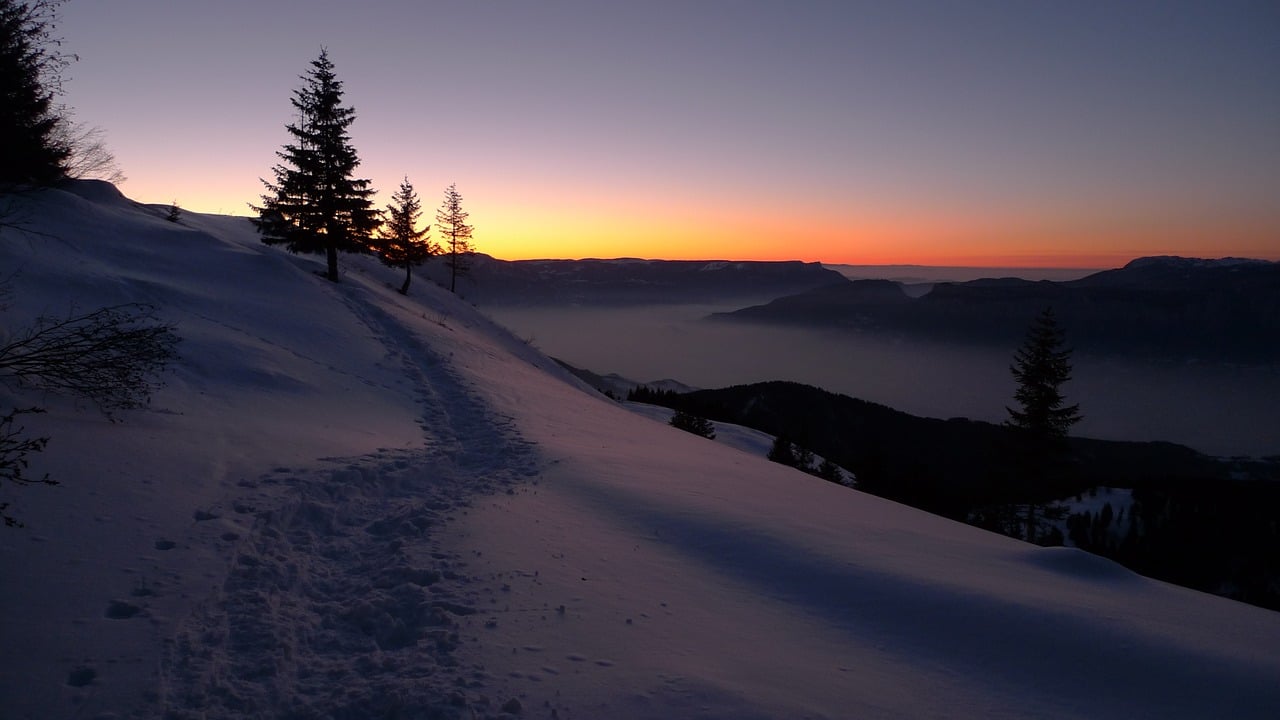This year’s winter solstice will occur this Friday. Aside from marking the beginning of the coldest season of the year, the winter solstice also brings the longest night of the year and the fewest hours of daylight. Scientifically speaking, winter begins when the Northern Hemisphere tilts away from the sun.
The winter solstice begins at the same time globally; in the U.S. it will officially occur at 5:23 p.m. Eastern this Friday. Even though Friday marks the astronomical beginning of winter, according to the Weather Channel, the season has already arrived in many central and eastern U.S. cities because many of them have already been experiencing cold, snowy conditions since November.
Winter’s shortest day isn’t always the coldest day of the year. Depending on which side of the Northern Hemisphere you live in, the coldest day typically comes a few weeks before or after the solstice. This lag in temperatures occurs because even though the amount of daylight begins to increase after the winter solstice, Earth’s surface continues to lose more heat than what it’s receiving it from the sun. In most areas of the U.S., the minimum daily temperature occurs two or three weeks later on average, which puts it in early January.
According to the Weather Channel, temperatures will be near to above average across the contiguous U.S. in the beginning of the new year. However, in the South, it’s expected to be a little colder than the average temperatures later this week. Temperatures in the South are then expected to increase over the weekend.
The highest above-average temperatures are likely to occur in the Northeast and parts of the northern and central Plains. Meteorologists predict that the temperatures east of the Rockies will be 10 to 25 degrees warmer than the average temperatures this time of the year.
Interestingly, the winter solstice this Friday coincides with the full moon. This full moon will peak a day later on Dec. 22, and it’s called the Cold Moon or the Long Night Moon, referring to the time of the year and weather that’s typical for this time of the year. According to NASA, the Cold Moon name originated with Native Americans, who used it to describe the full moon occurring in the coldest days of the year. While the full moon officially lasts only 24 hours, it will look full to the naked eye for several days around its peak.
There’s also another astronomical event which marks the winter solstice, and that’s the Ursid meteor shower, which is active Dec. 17-24. This year the meteor shower will peak between Dec. 22 and 23.





